Why Old, Strata Malls Matter More Than You Think
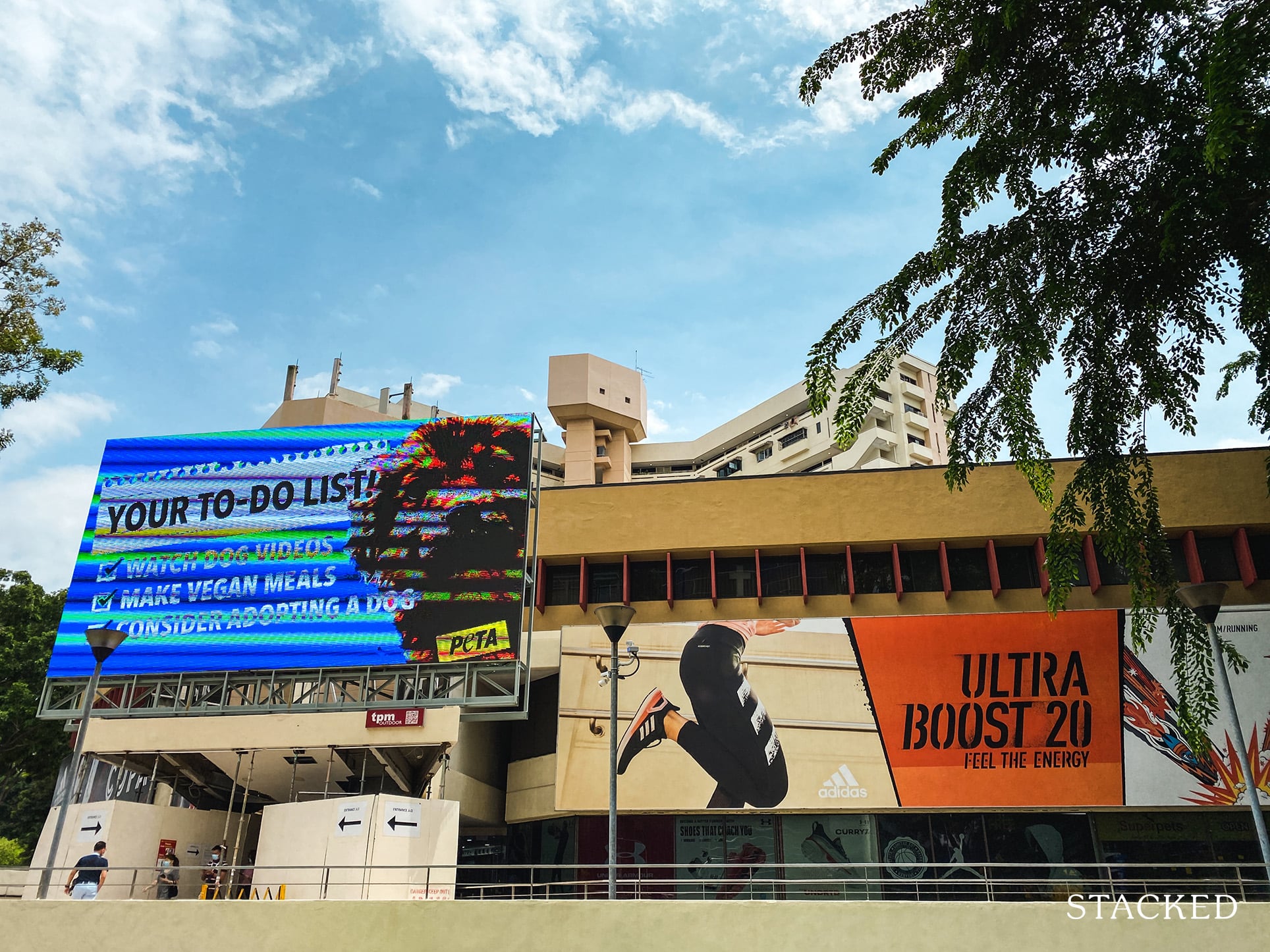
Get The Property Insights Serious Buyers Read First: Join 50,000+ readers who rely on our weekly breakdowns of Singapore’s property market.
A seasoned content strategist with over 17 years in the real estate and financial journalism sectors, Ryan has built a reputation for transforming complex industry jargon into accessible knowledge. With a track record of writing and editing for leading financial platforms and publications, Ryan's expertise has been recognised across various media outlets. His role as a former content editor for 99.co and a co-host for CNA 938's Open House programme underscores his commitment to providing valuable insights into the property market.
Queensway Shopping Centre, Katong Shopping Centre, Golden Mile Tower…these old malls are often disregarded, or even considered eyesores. When it comes to “important old buildings”, Singaporeans tend to think of shophouses or historic bungalows; the concept of an old strata-titled mall just doesn’t fit into the equation. This is misguided on many levels though; and many homeowners don’t realise the positive impact of having old as well as new malls in the same area. Here’s what we need to consider:
The hard realities of new malls
New development is jaw-droppingly expensive. While the information is not widely available, the most recent data source we could find was this BCA document, suggesting a cost of between $2,900 to $3,200 per square metre; and this was back in 2016. This would suggest a new, “high quality” mall of 55,742 sqm (the size of NEX) would reach $161.6 million. This is before factoring in costs such as maintenance and taxes.
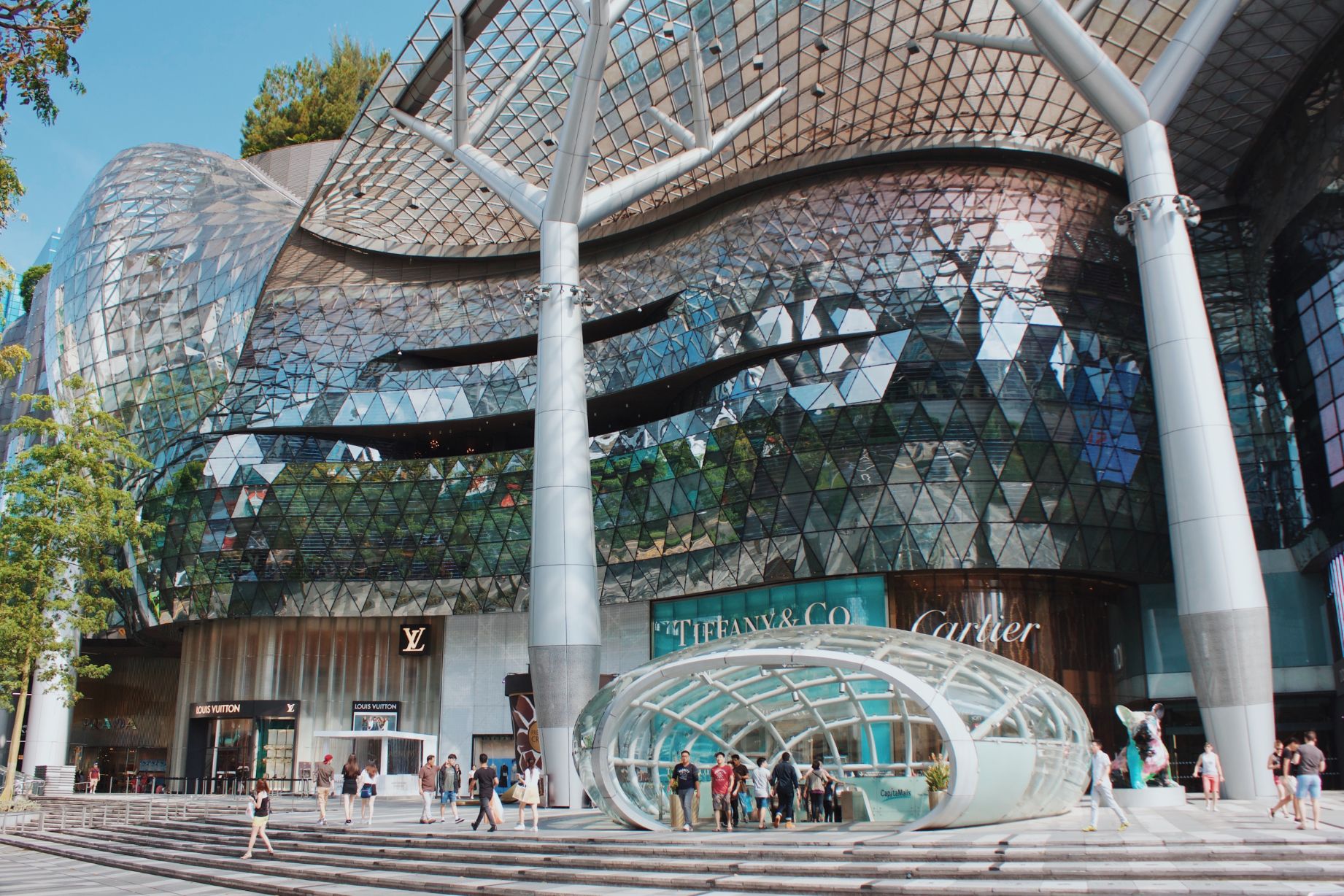
As such, tenants of new malls form a very specific demographic. They are limited to businesses that can support these high costs, which are ultimately levied on them; this is most typically in the form of rental rates. At the time of writing, newer malls tend to charge $30 to $40 per square foot; and some take a cut of the store’s revenue on top of the fixed rental rate.
This means businesses in new malls must either be high revenue enterprises, or subsidised in some way (e.g., a popular chain restaurant or supermarket may get lower rental rates, because they draw in crowds for other businesses in the mall; but these deals are reserved for the most prestigious brands).
As a consequence, you see mainly chain brands in new malls – Tiffany’s, Uniqlo, Starbucks, etc. It’s also the reason bank branches tend to appear in newer malls as well; they’re among the business giants that can afford it.
What you seldom find in new malls are small family-run restaurants, boutiques, hair salons, children’s enrichment (barring the biggest centres), and so forth. These types of business don’t generate the revenue required for a new development, even if mall managers want them there.
(This is also why having too many new malls, all of them demanding high rental income, can squeeze out novel or innovative businesses. An established business can risk signing a one-year lease in a new mall; a new venture can’t take on the commitment).
To their credit, Singapore’s commercial developers do make efforts to try and get a more diverse mix; to their discredit, many seem to give up at the point of the affordable food court*. Perhaps they face an uphill struggle; when it comes to newer REIT-run malls, the required yield makes their presence almost impossible.
In 2018, for instance, REITs were often accused of killing businesses with their rental demands. If even large and reasonably-well capitalised businesses feel the strain, then there’s almost no chance for smaller entities.
*As a matter of opinion, lone food courts in high-end malls tend to make lacklustre amenities. There are famous hawker centres, like Maxwell Food Centre, that people go out of their way to visit. Generic, air-con food courts are regarded with much less fondness or interest (how many famous mall food courts can you name?)
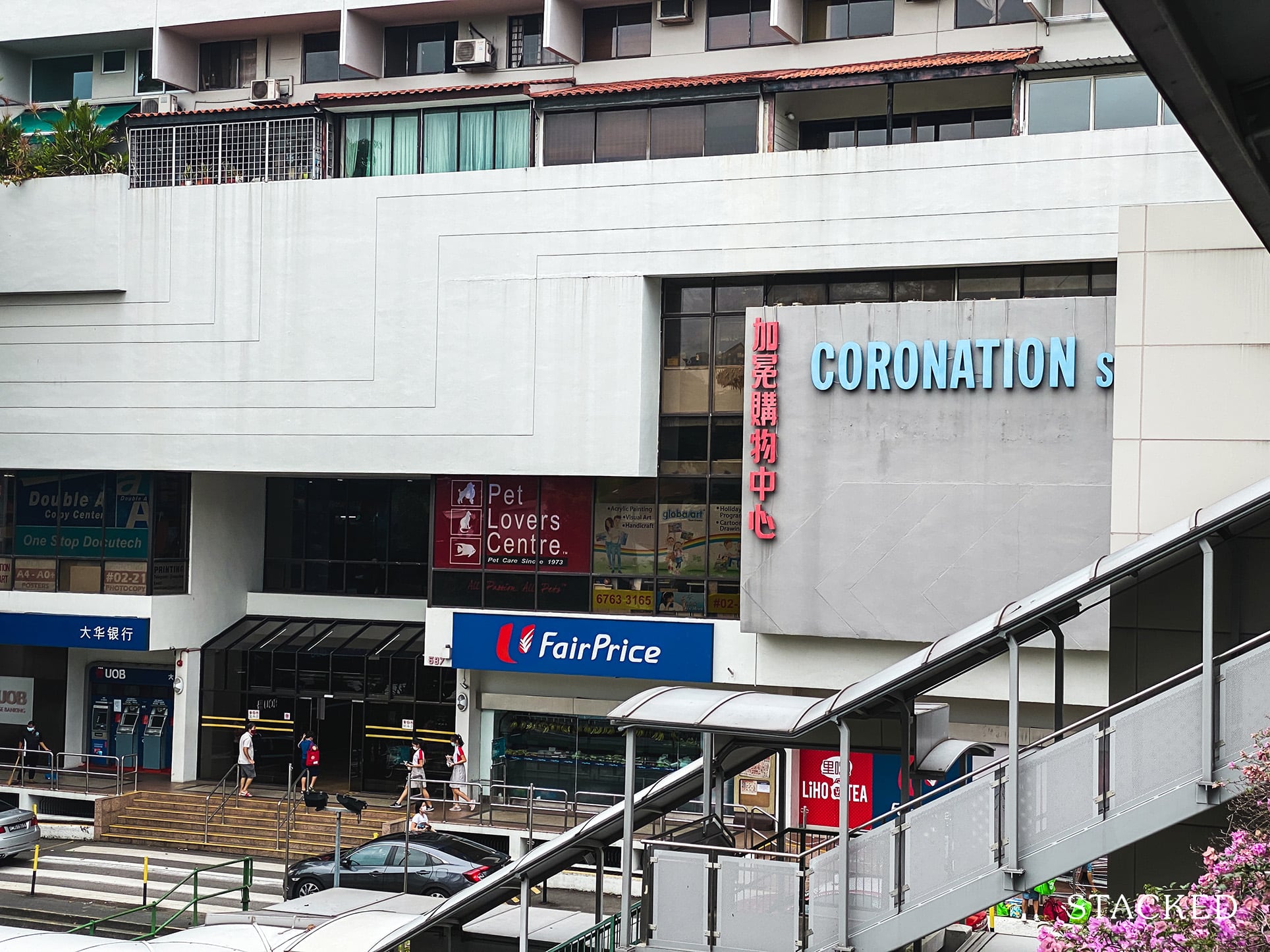
Having only new malls nearby restricts the range of amenities
A mix of businesses is key to maintaining the vitality of the neighbourhood, and the convenience of the homeowner.
For example, the Brash Basah area is a designated culture hub. On the surface, most people would assume this is because the National Museum and National Library are nearby, La Salle, NAFA, and SOTA are in striking range, etc. Those are all contributing factors.
But ask someone who is a long-time resident in the area; most can tell you about the invisible support that stretches all the way down Middle Road. Brash Basah Complex, which was built in the 1980’s, hosts art supply stores, musical instrument stores, and several other businesses that feed into the arts and culture scene. These can be found in various old buildings nearby, stretching all the way to Sunshine Plaza and Parklane. These businesses, so vital to artists, performers, etc., wouldn’t exist if the entire stretch consisted only of expensive new malls.
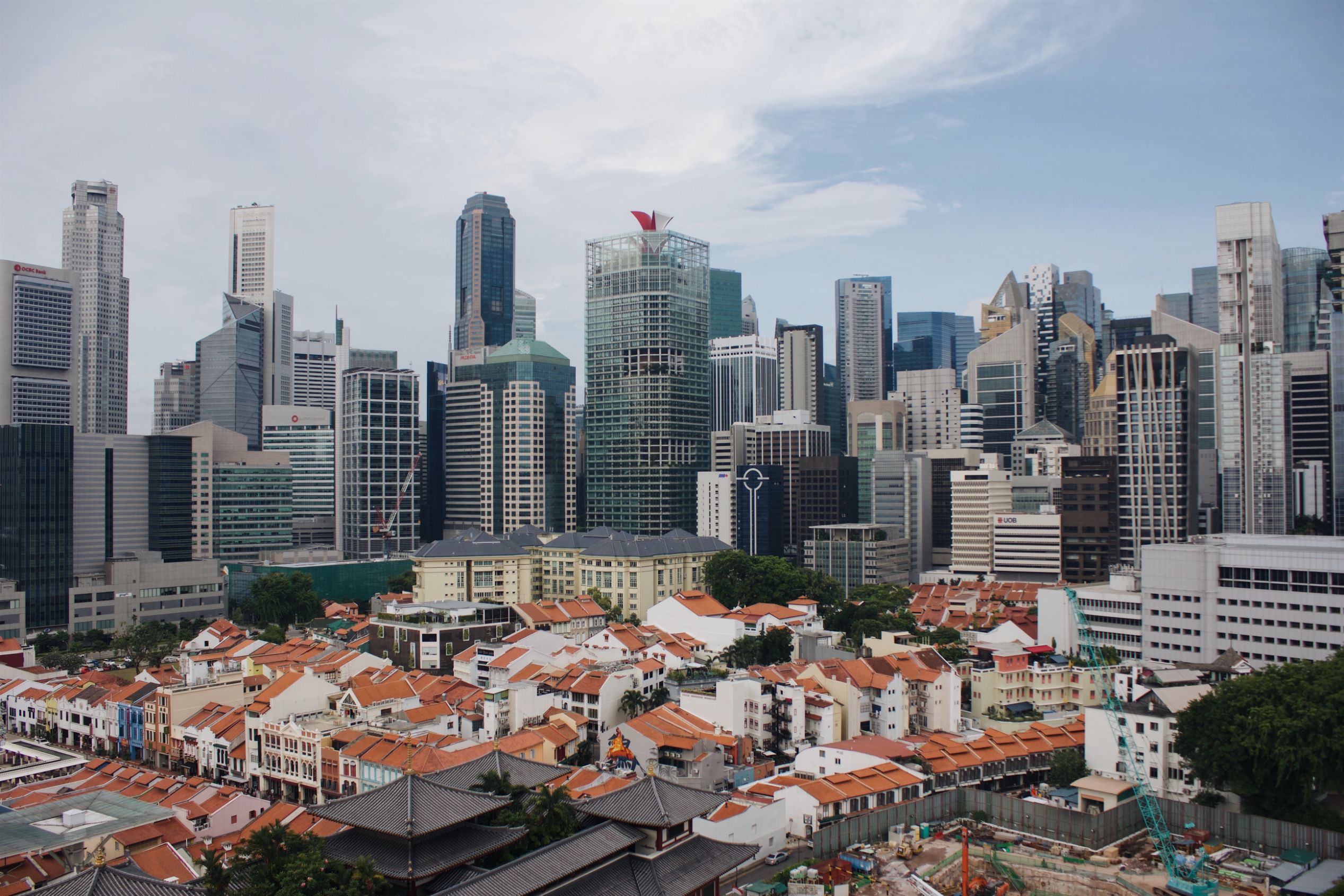
Property Picks48 opportune commercial units going for less than a million that you have to know about! Part II
by Reuben DhanarajOn a neighbourhood level, consider an area like Katong. We’re sometimes asked why a new mall like The Flow seems to stand empty, despite the ageing Roxy Square thriving next to it. The answer is in the nature of businesses servicing the area –small, family friendly-pubs, coffee shop grub (mixed in with artisanal cafes), language and music schools, maid agencies, hair and nail salons etc.
More from Stacked
Tour A Mid-Century Modern HDB Home In Cantonment Close That Doubles As A Private Dining Space
Private dining is a concept that may have been a little strange prior to the popularity of Airbnb, but if…
These are the day-to-day businesses that constitute real amenities for the residents (more on this below). Hence, some older commercial developments in Katong can see even more traffic than their newer counterparts.
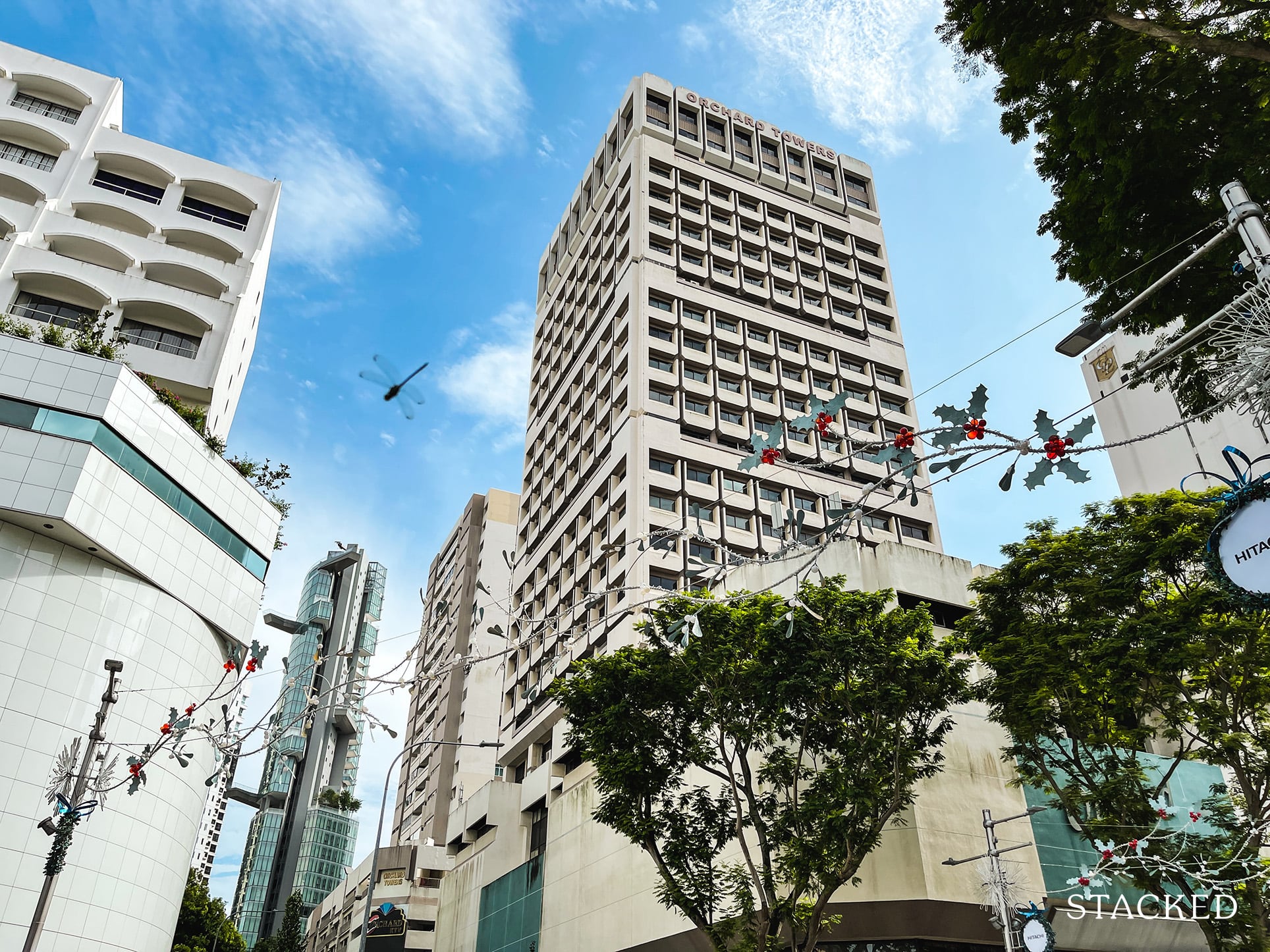
Old strata malls can act as a bellwether of the neighbourhood’s vitality
To shift to examples in the west: malls like IMM and Queensway are still able to draw and retain tenants despite their age. The neighbourhood, though mature, has no lack of vitality; some businesses that started there may even choose not to move, even if they’ve grown enough to afford a newer location. Tiong Bahru, long regarded as the hipster capital of Singapore, is packed with ageing buildings where landlords nonetheless pick and reject retail tenants with impunity.
As such, one mark of a good neighbourhood is when its oldest commercial developments are still packed, and tenants are still opening their wallets for decrepit 30-year-old shop spaces.
It’s quite similar to residential property in this regard; there’s no flat so past-its-prime in Queenstown or Marine Parade, that willing buyers aren’t still lining up and trying to persuade bank lenders.
For home buyers scouting a location, a check on the older malls nearby can reveal volumes about the neighbourhood.
Many of the day-to-day amenities you look for are probably not in a new mall
Unless you shop for designer products on a daily basis (something that mostly doesn’t happen, as Orchard Road found out), many of the businesses that serve you tend to be in older strata malls:
- Affordable hair salons (although chain, 10-minute haircut places prefer newer malls)
- Aquarium and specialised pet stores
- Better food
- Children’s enrichment (music lessons, speech and drama, etc.)
- Dentists and other clinics, as well as non-chain optometrists
- DIY and hardware stores
- Domestic helper services
- Hobby stores (the more specialised your hobby, the more likely it is to be in an old mall. Vinyl and train stores tend to be exclusively in old malls).
- Musical instrument shops
- Non-chain gyms, martial arts schools, dance studios etc.
- Phone and tablet repair services
- Photography studios and the related equipment stores
- Second-hand or non-chain bookstores
- Small jewellery stores
- Traditional Chinese Medicine halls, acupuncture and reflexology businesses
- Tuition agencies and language schools
Old malls feed, albeit invisibly, into the life of the neighbourhood. Children meet new friends in the small tuition centres or at music classes, hobbyists meet in specialised stores (aquarium owners have a veritable club of their own), and even relationships with store owners tend to be more personal.
This sort of amenity is difficult to quantify; its value only becomes apparent when – decades down the road – a home owner realises they can’t bring themselves to move.
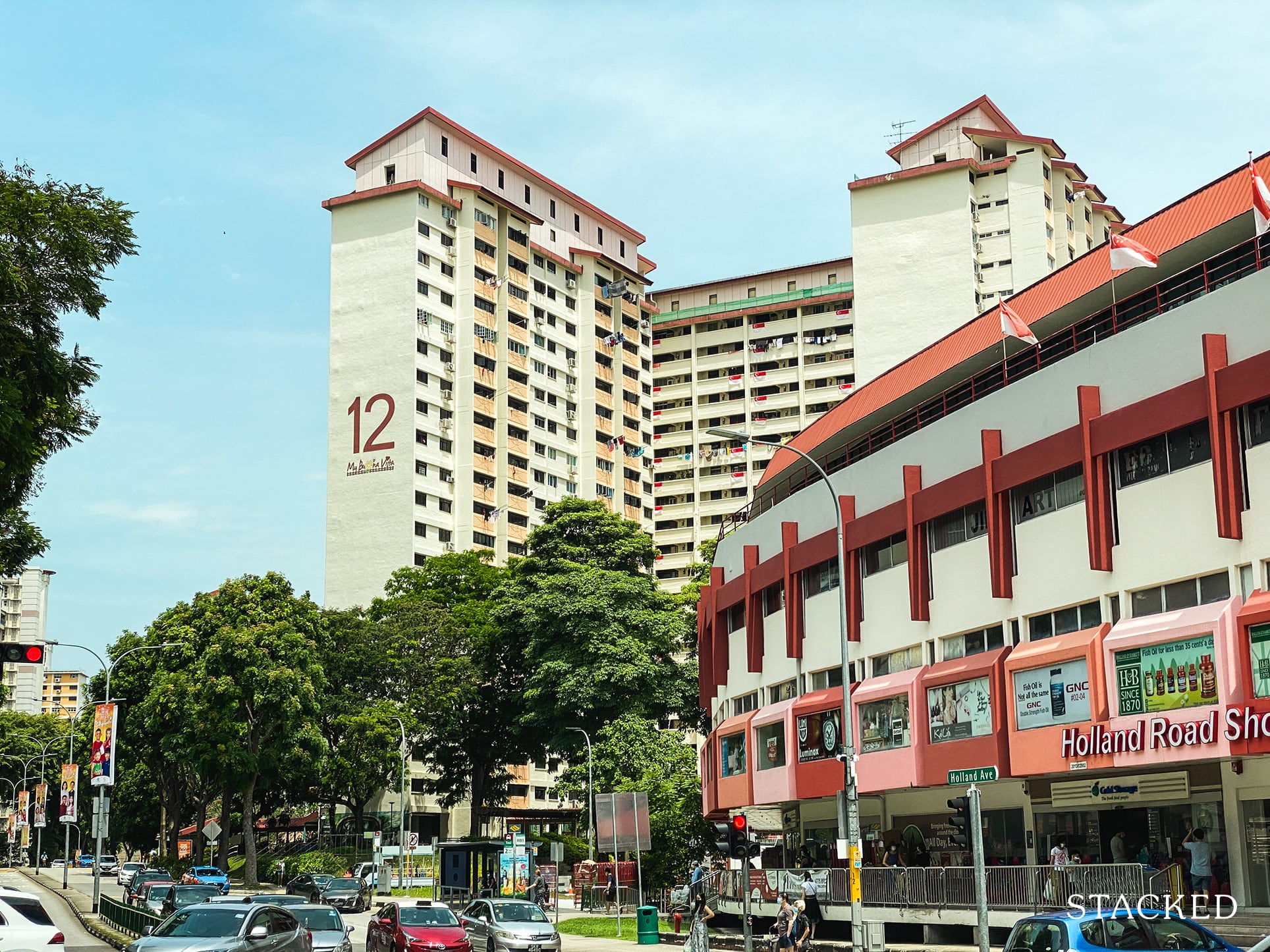
This isn’t to say old strata malls need some sort of special conservation scheme
There’s a natural process at work – today’s new malls will simply become tomorrow’s old malls, so we’ll always have some of them around. These don’t need to be conserved like historical artefacts.
However, we should rethink suggestions to “renew” a neighbourhood’s amenities by tearing down its old commercial projects en-masse, and rebuilding them all at one-go. It’s better to have commercial developments of mixed ages in a neighbourhood, rather than entire plots of “all new” commercial projects. This will present a greater diversity of businesses, and ultimately better amenities, to home owners nearby.
For home buyers, don’t assume that an old, strata-titled mall won’t be much of an amenity. Sometimes, it’s the old malls that your family ends up visiting most often.
(If for no other reason than to get away from the nightmare of generic, air-con food-court cuisine.)
For more on overlooked factors when picking a home or rental property, follow us on Stacked. We’ll keep you up to date on recent changes in the Singapore private property market, and provide the most in-depth reviews into old and resale properties alike. If you’d like to get in touch for a more in-depth consultation, you can do so here.
Ryan J. Ong
A seasoned content strategist with over 17 years in the real estate and financial journalism sectors, Ryan has built a reputation for transforming complex industry jargon into accessible knowledge. With a track record of writing and editing for leading financial platforms and publications, Ryan's expertise has been recognised across various media outlets. His role as a former content editor for 99.co and a co-host for CNA 938's Open House programme underscores his commitment to providing valuable insights into the property market.Read next from Property Market Commentary

Property Market Commentary When Renting In Singapore Is The Smarter Move — And Buying Can Wait
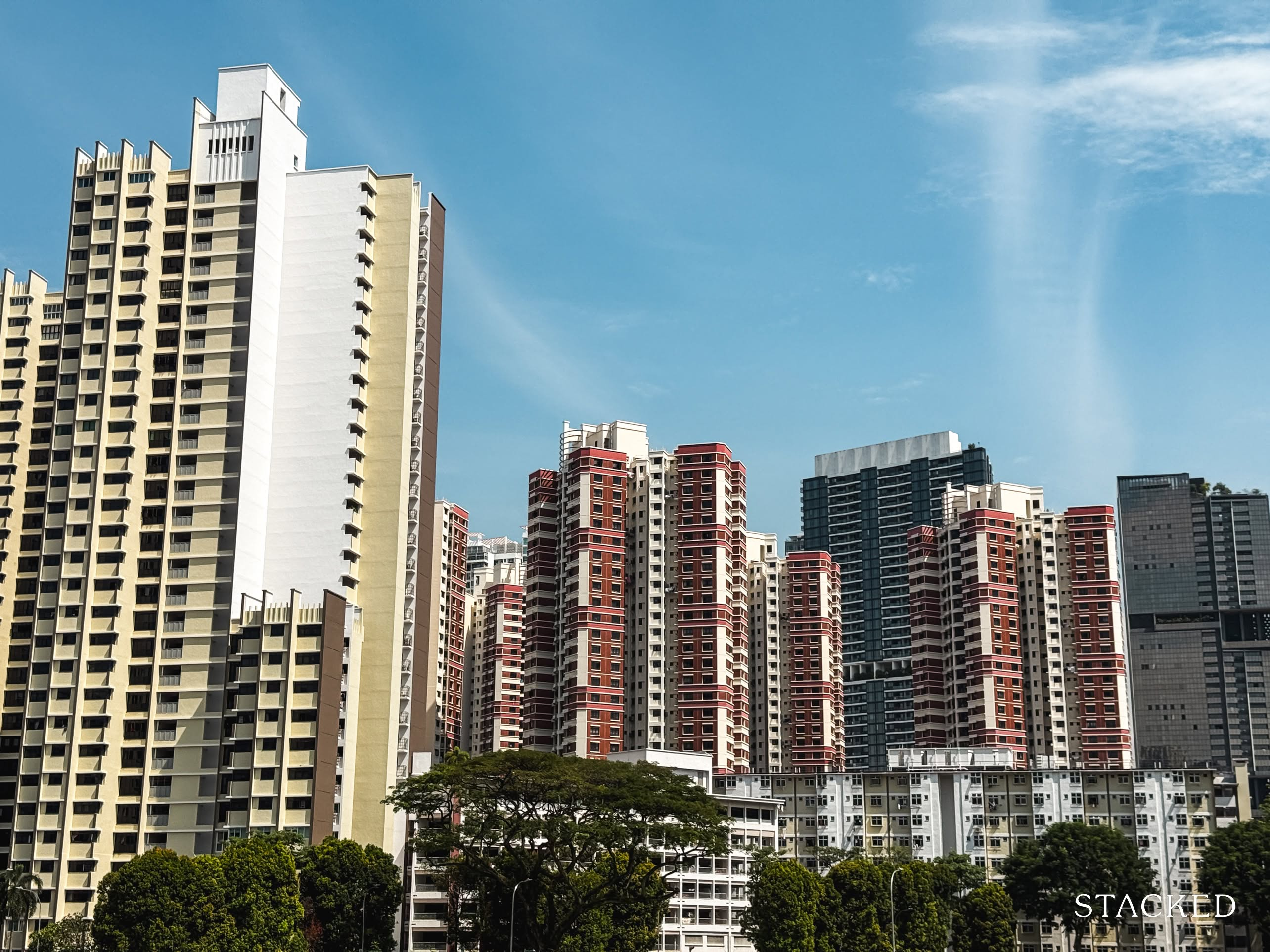
Property Market Commentary A Wave Of New HDB Resale Supply Is Coming In 2026: Here’s Where To Find Them
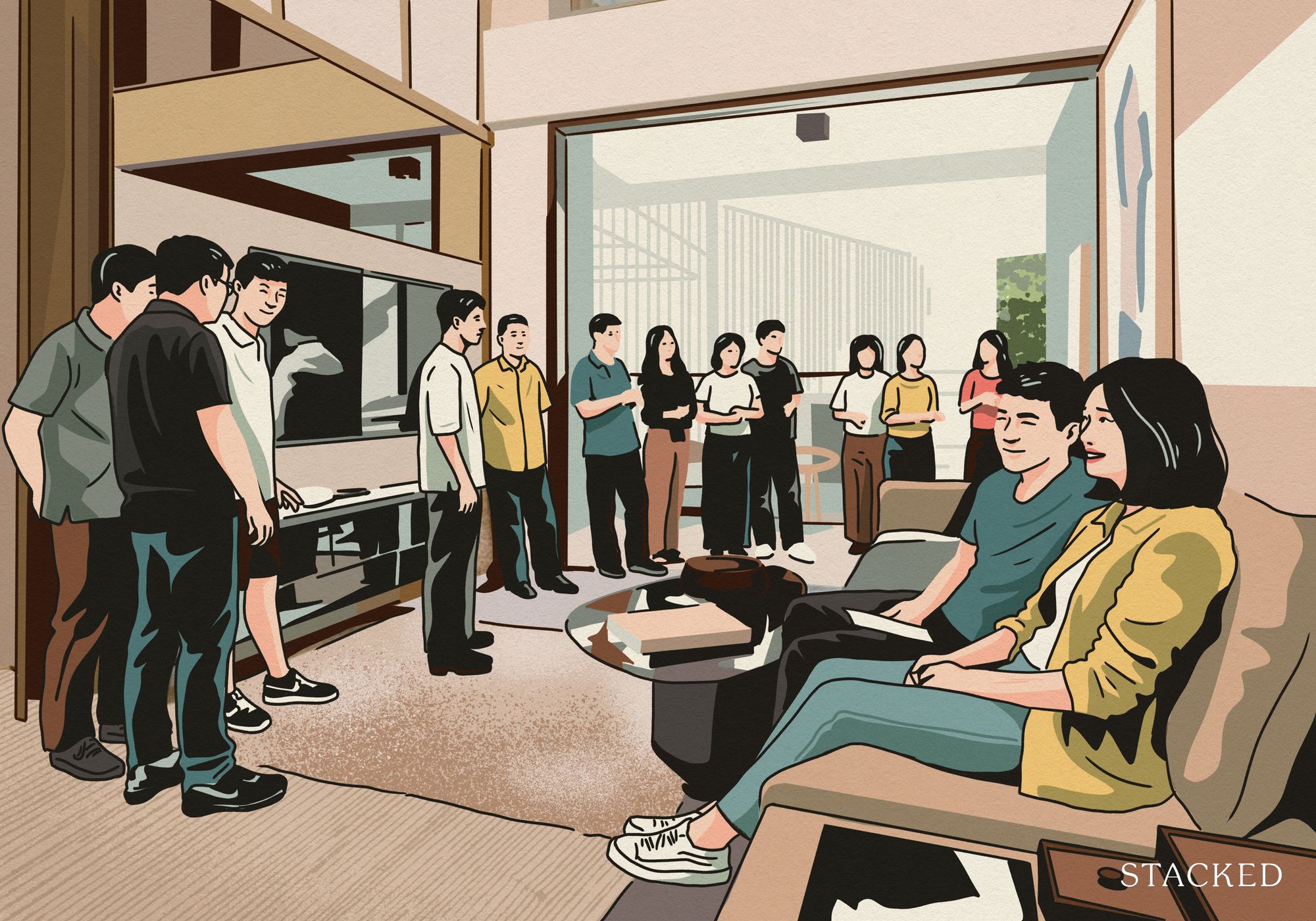
Property Market Commentary 5 Key Features Buyers Should Expect in 2026 New Launch Condos
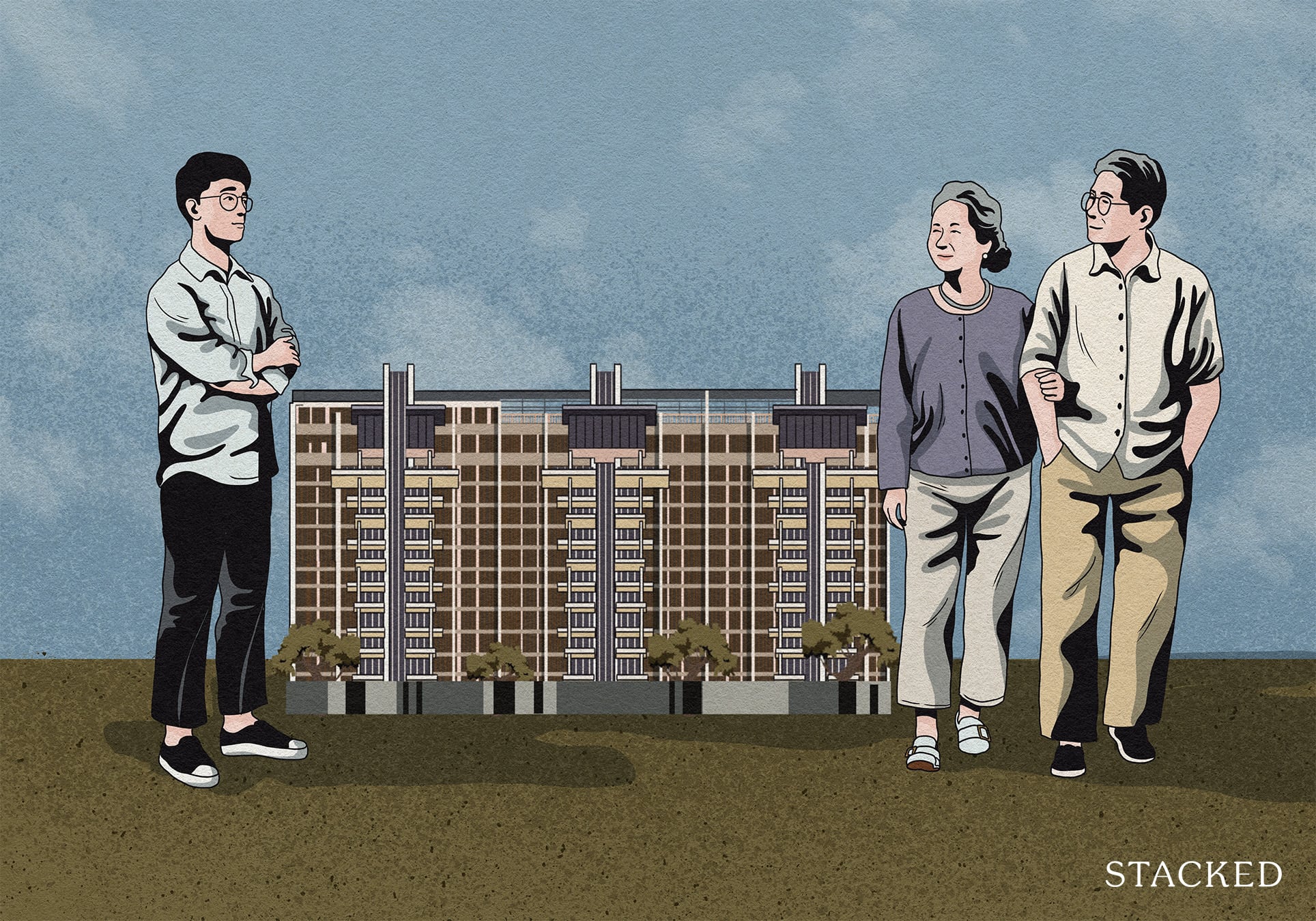
Property Market Commentary What “Lucky” Singaporean Homebuyers Used To Get Away With — That You Can’t Today
Latest Posts
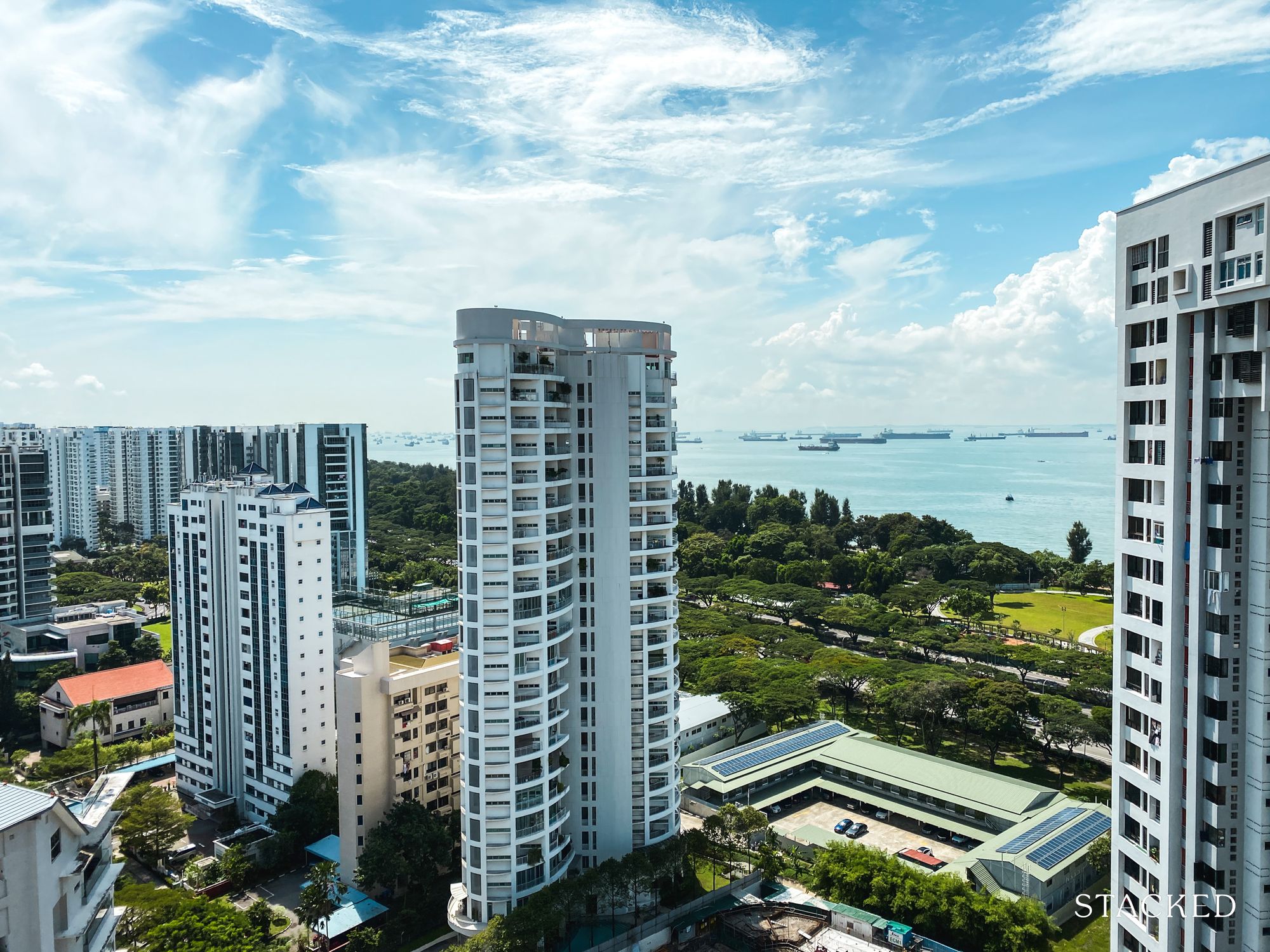
Editor's Pick Should We Buy An Old 99-Year Leasehold Condo To Live In: Will It’s Value Fall When The Lease Runs Out?
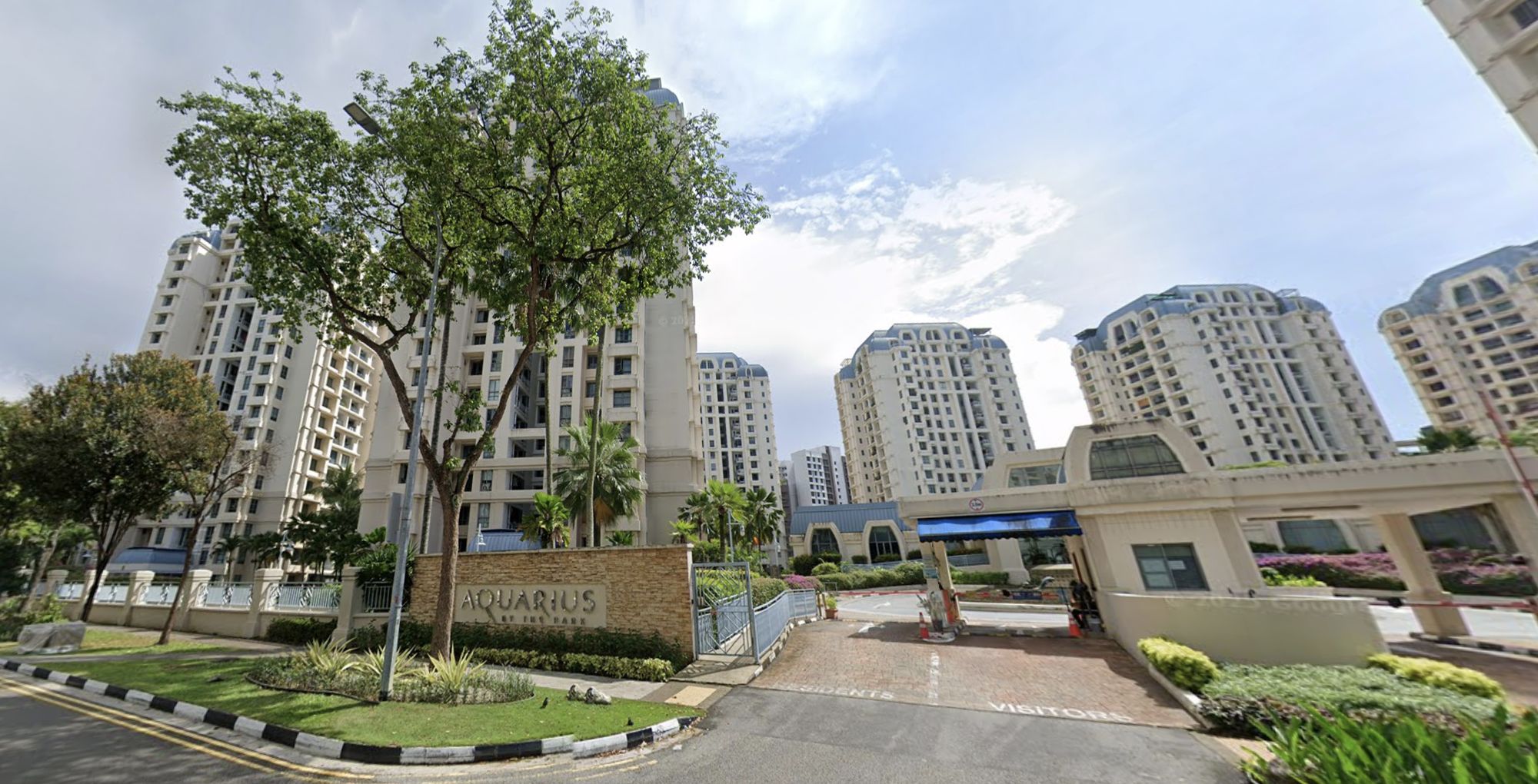
Pro How A Once “Ulu” Condo Launched In 1997 Became A Top Performer
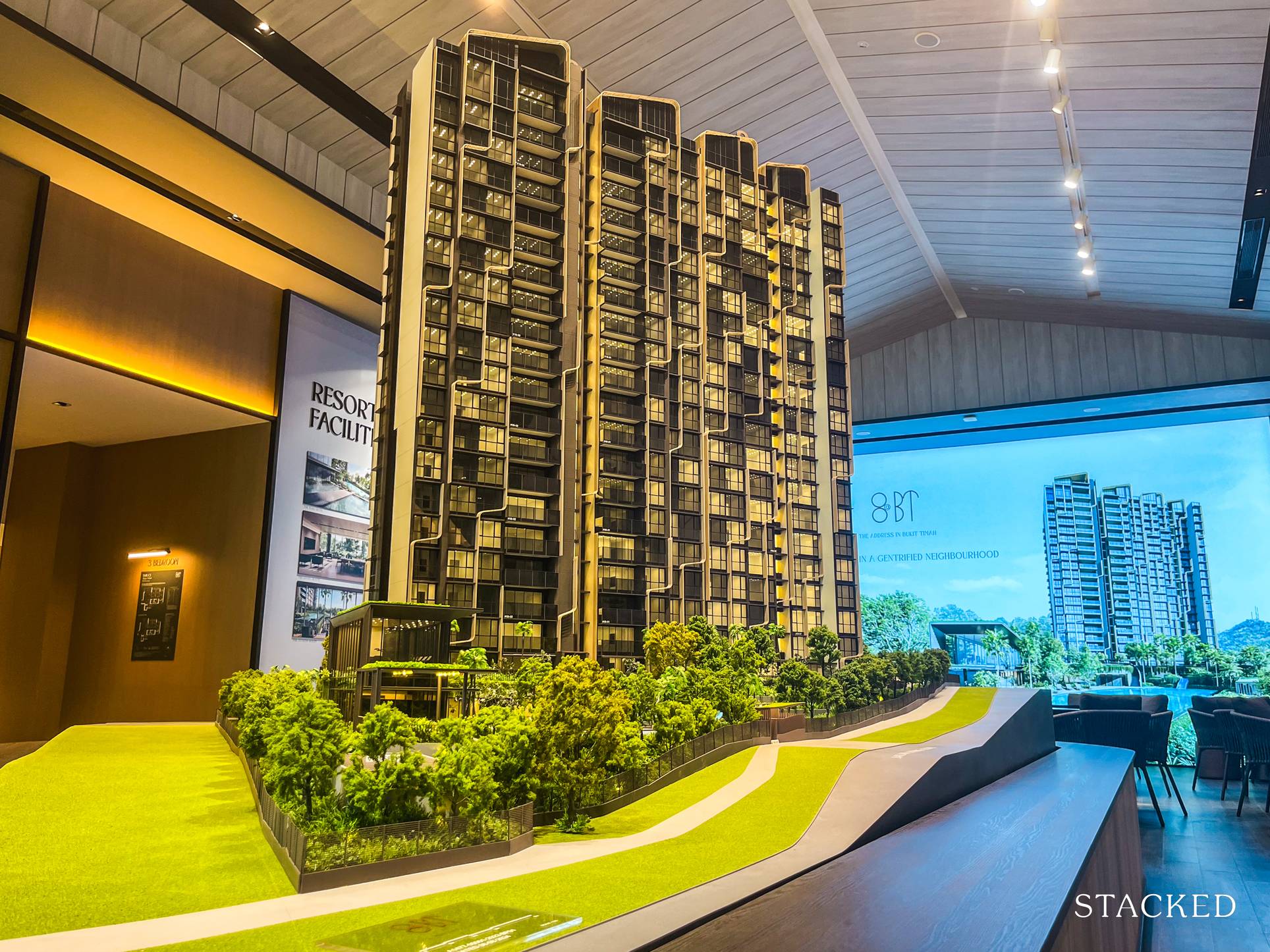
Editor's Pick I Reviewed A New Launch 4-Bedroom Penthouse At Beauty World
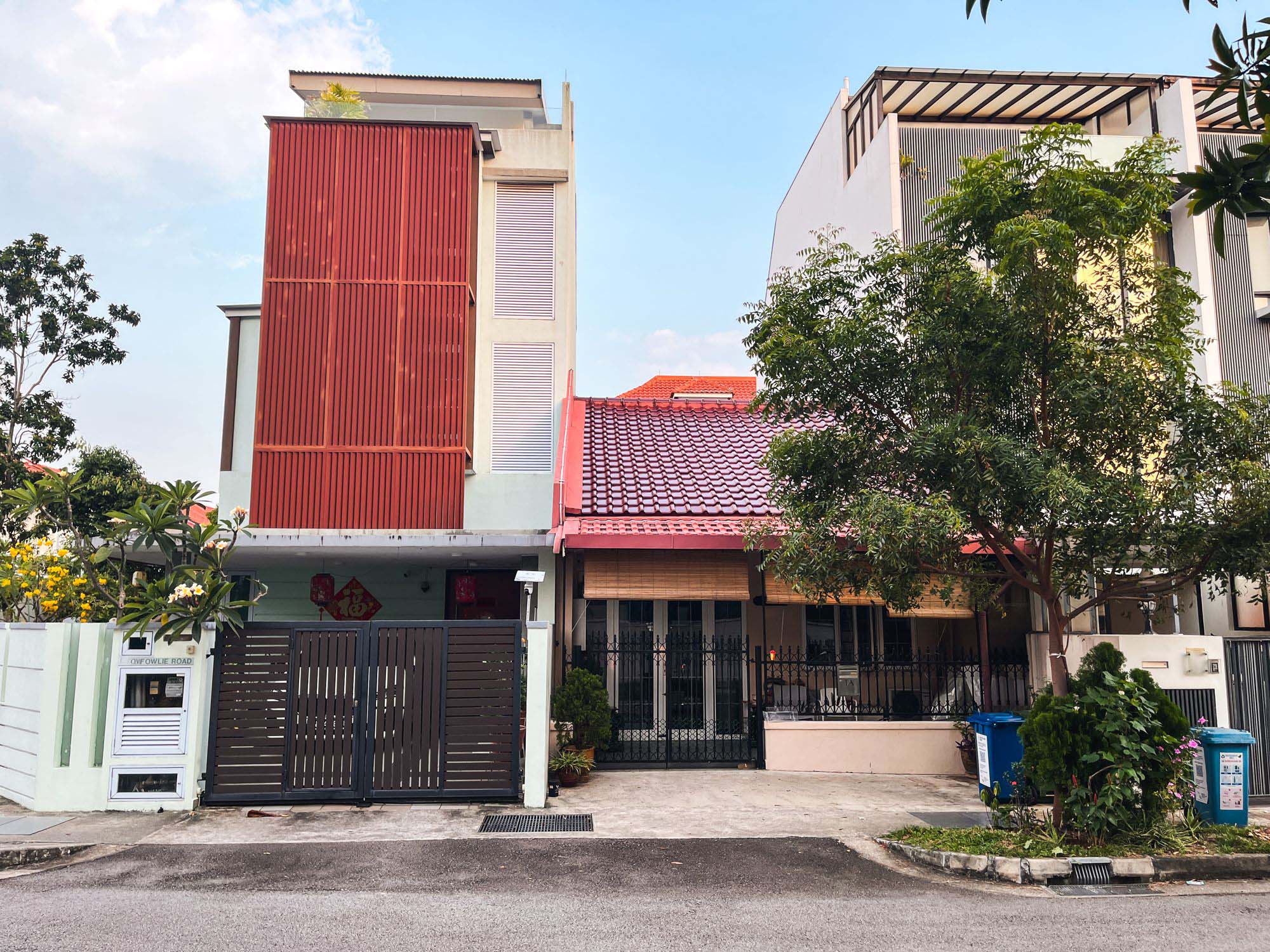
Editor's Pick Why Singaporean Families Are Looking At This Landed Enclave From Around $4M
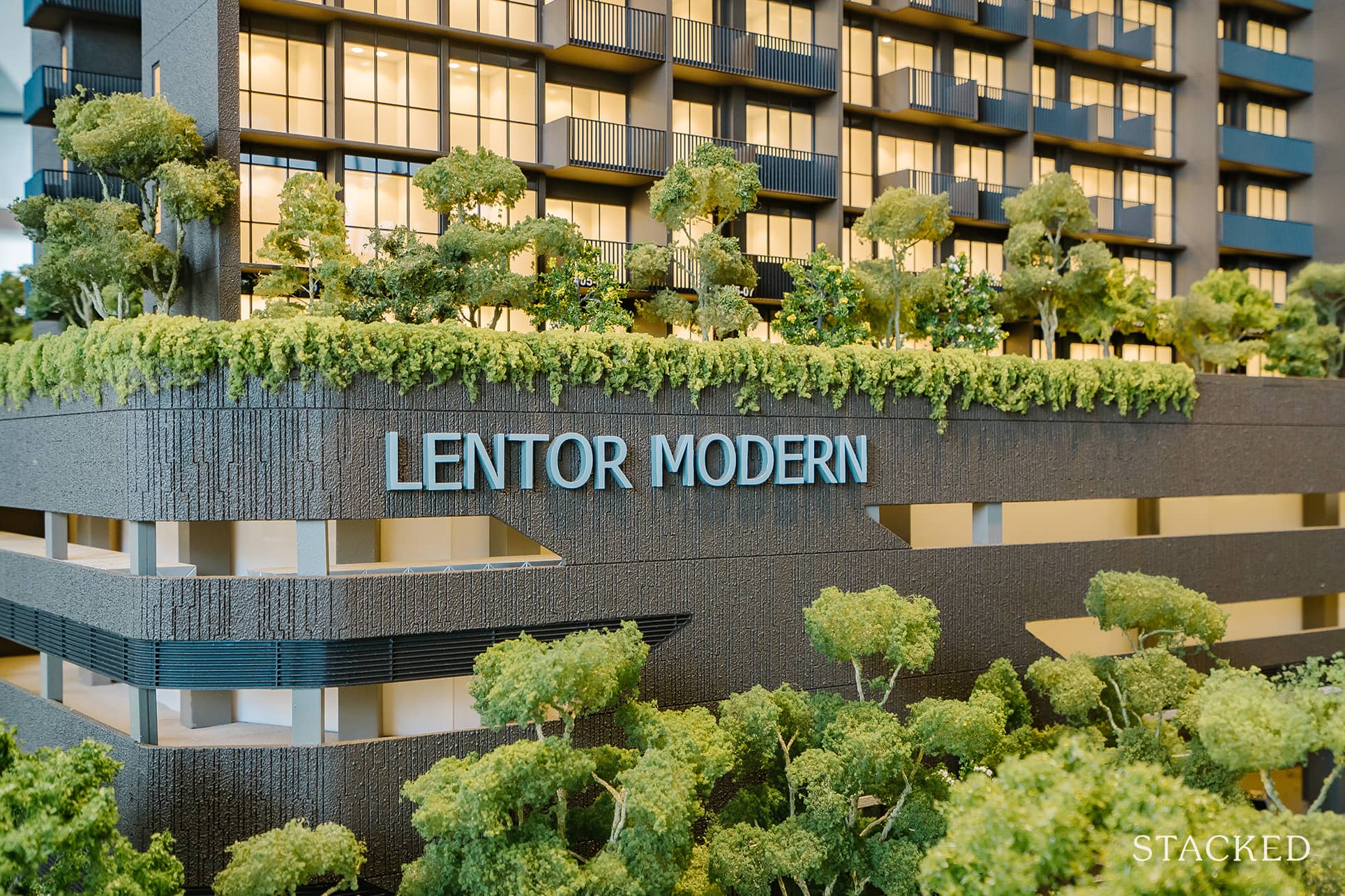
Singapore Property News Lentor’s First Condo Is Complete — The Early Profits May Surprise You

Property Advice We Own A $800K 1-Bedder And A $1.1M 3-Bedder: Is It Possible To Upgrade To A 4-Bedder Condo?
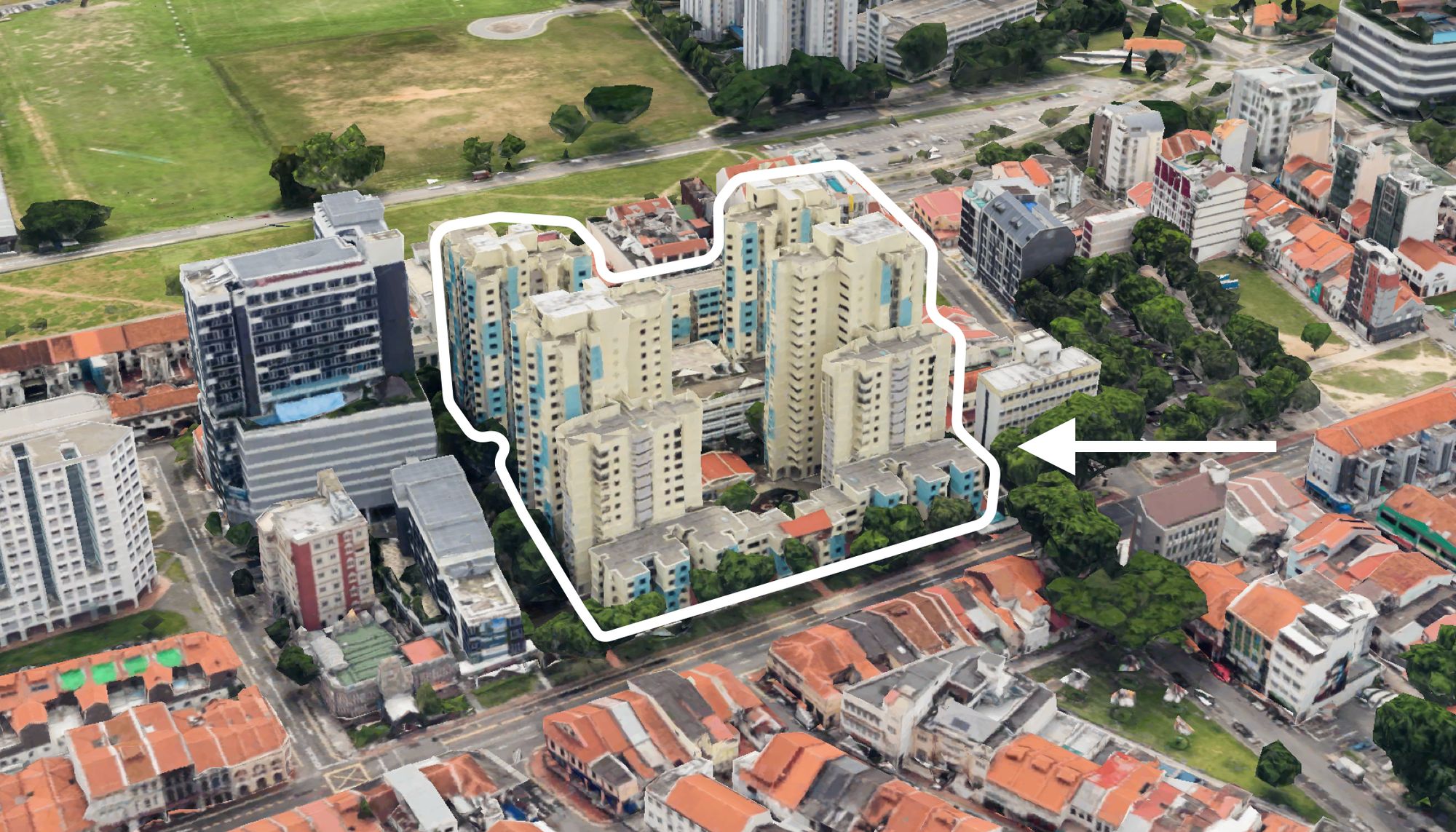
On The Market These Are Some Of The Cheapest 5-Room HDB Flats Left In Central Singapore
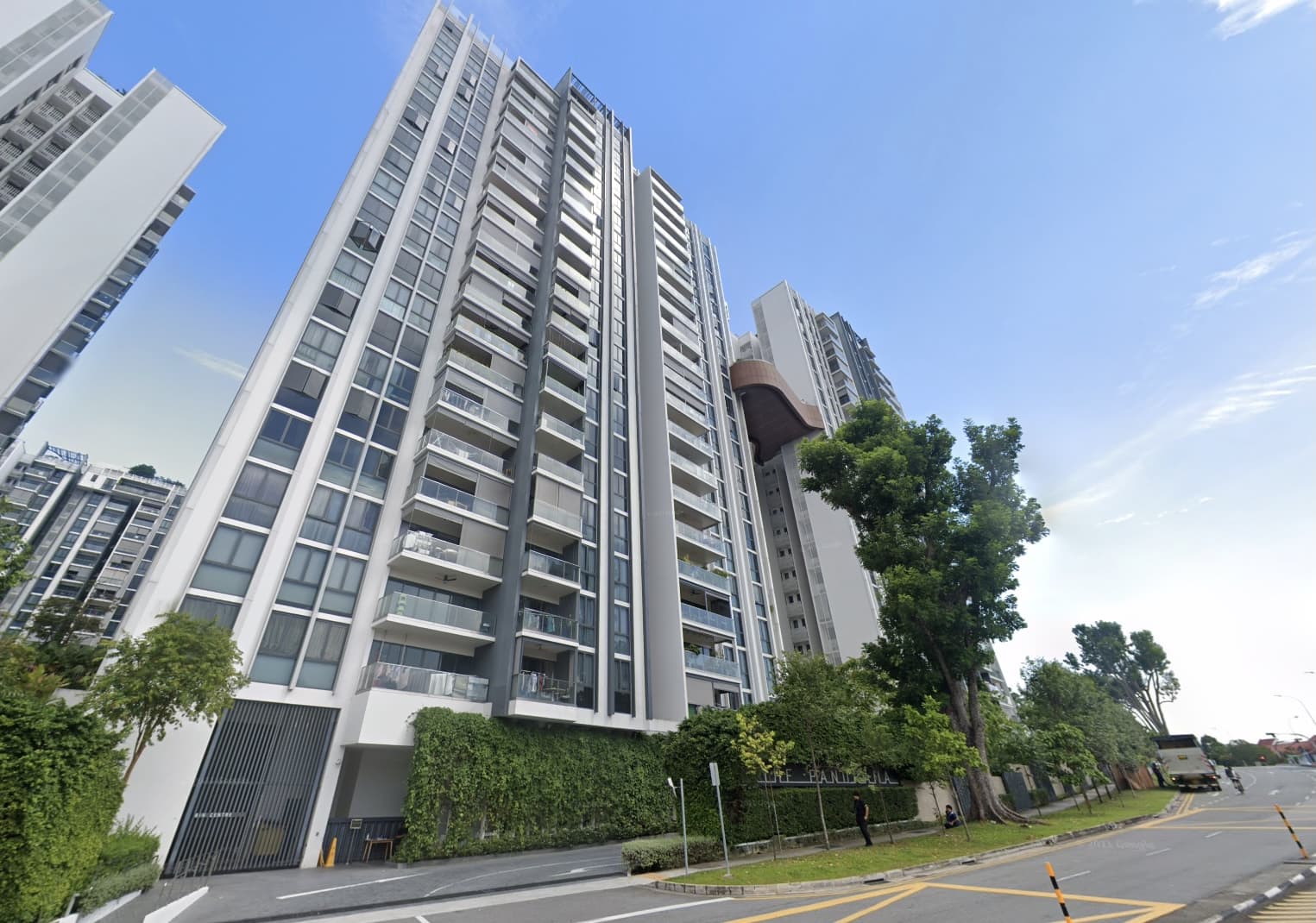
Pro This 698-Unit Ang Mo Kio Condo Launched At The Wrong Time — And Still Outperformed Peers
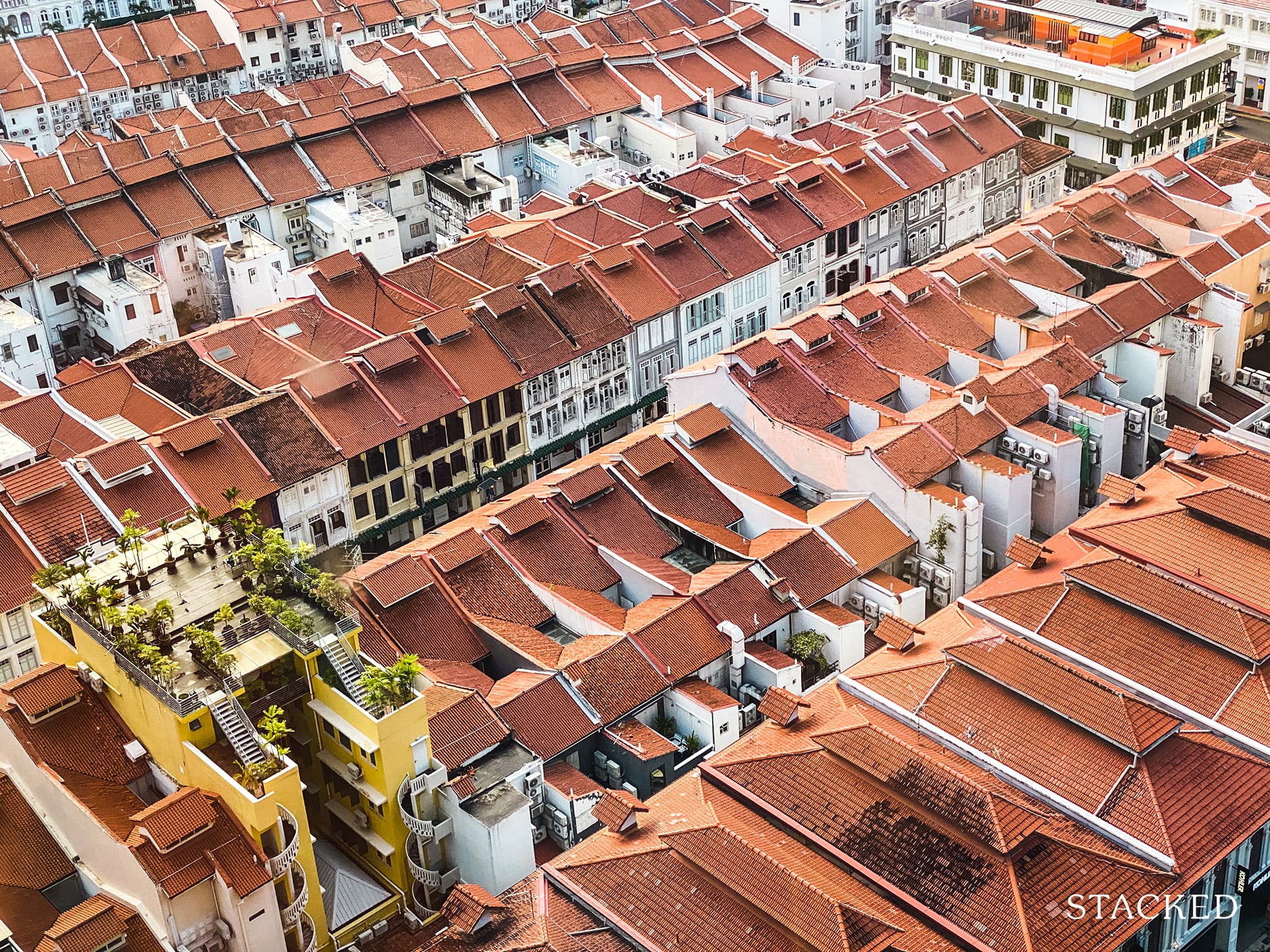
Singapore Property News $281.2M in Singapore Shophouse Deals in 2H2025 — But That Number Doesn’t Tell the Full Story
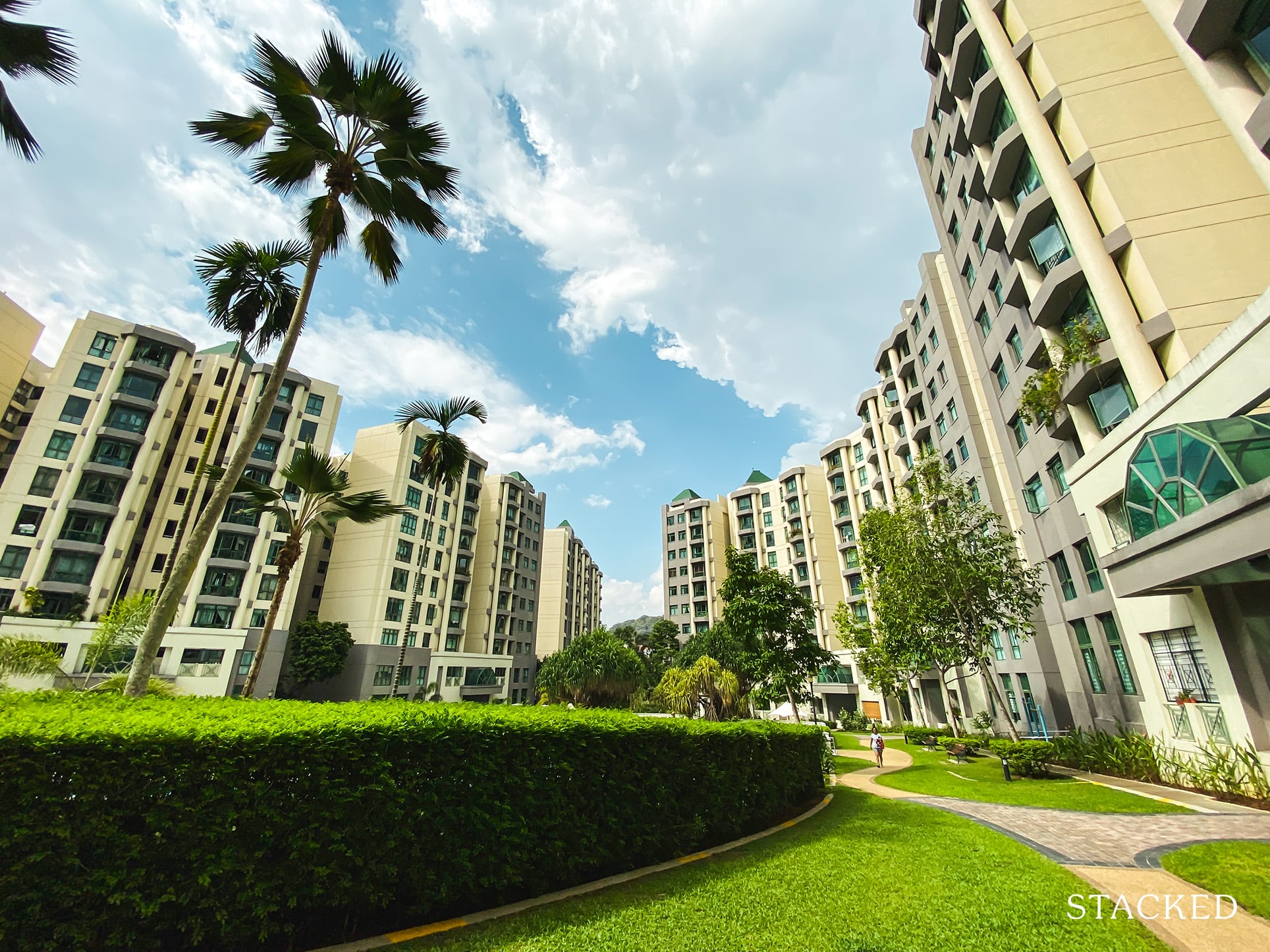
Property Investment Insights These Resale Condos In Singapore Were The Top Performers In 2025 — And Not All Were Obvious Winners

Singapore Property News CapitaLand–UOL’s $1.5 Billion Hougang Central Bid May Put Future Prices Above $2,500 PSF
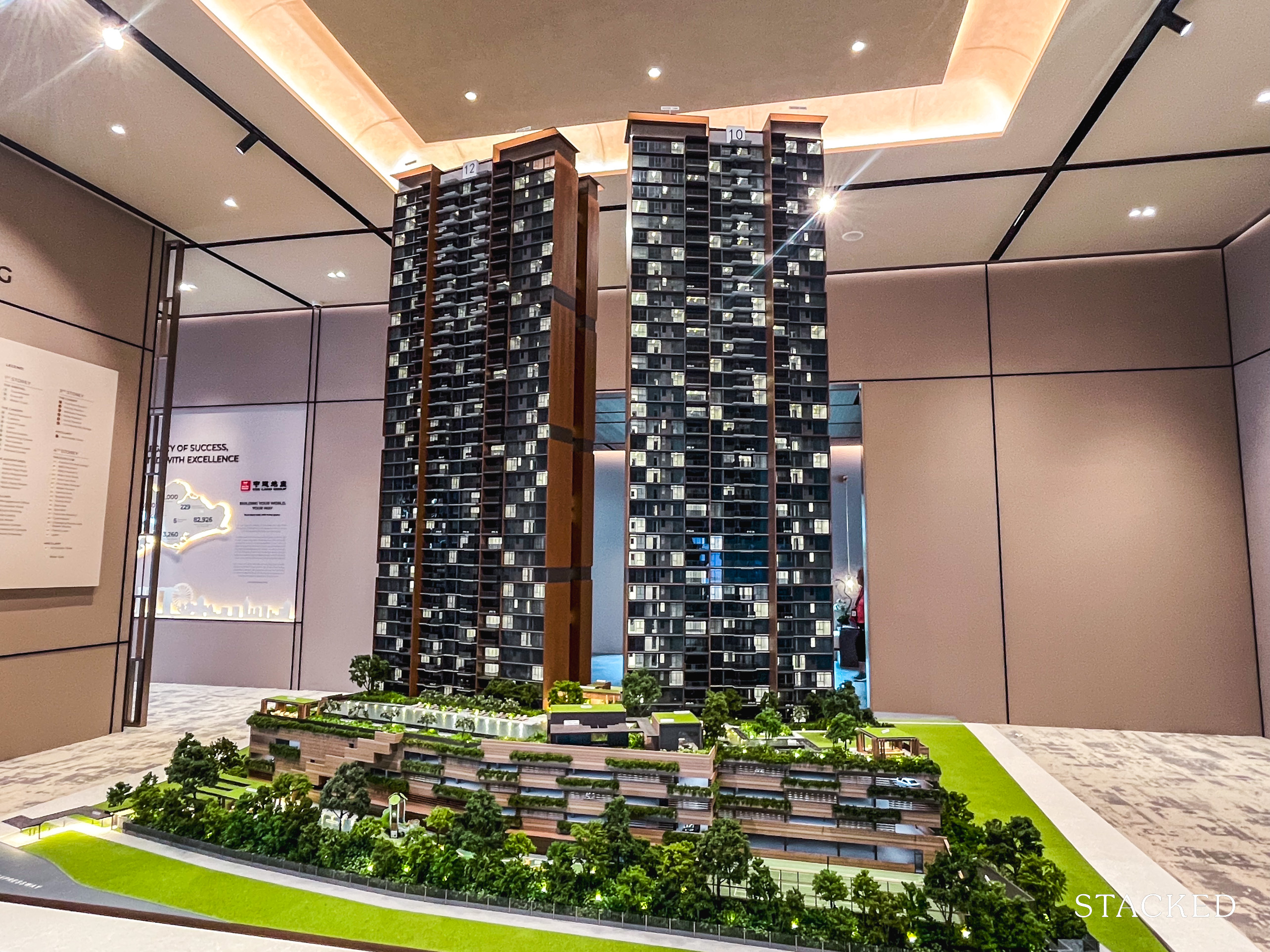
Singapore Property News Why New Condo Sales Fell 87% In November (And Why It’s Not a Red Flag)

Pro How A 944-Unit Mega-Condo In Pasir Ris Ended Up Beating The Market
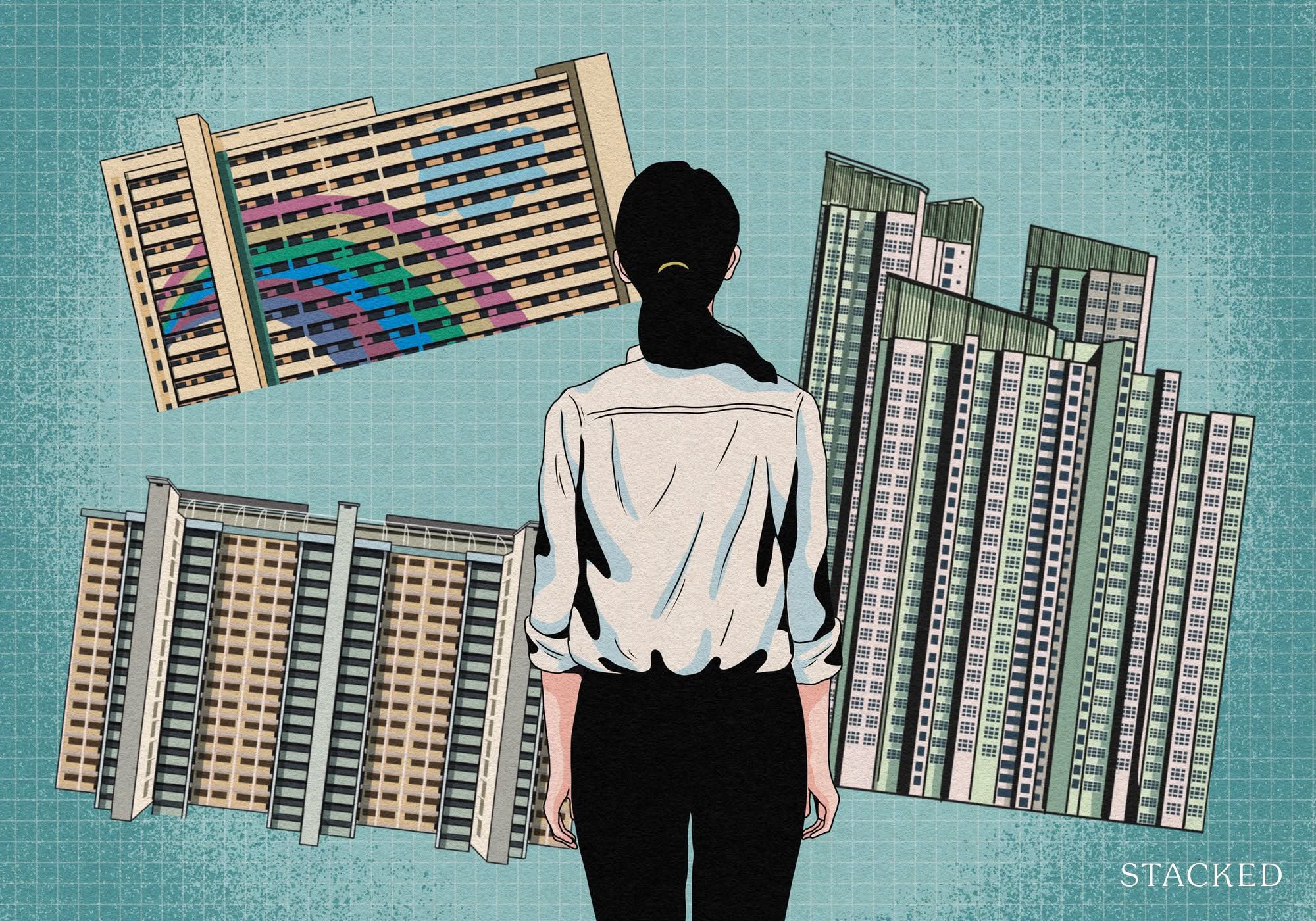
Property Investment Insights What Changed In Singapore’s Property Market In 2025 — And Why It Matters
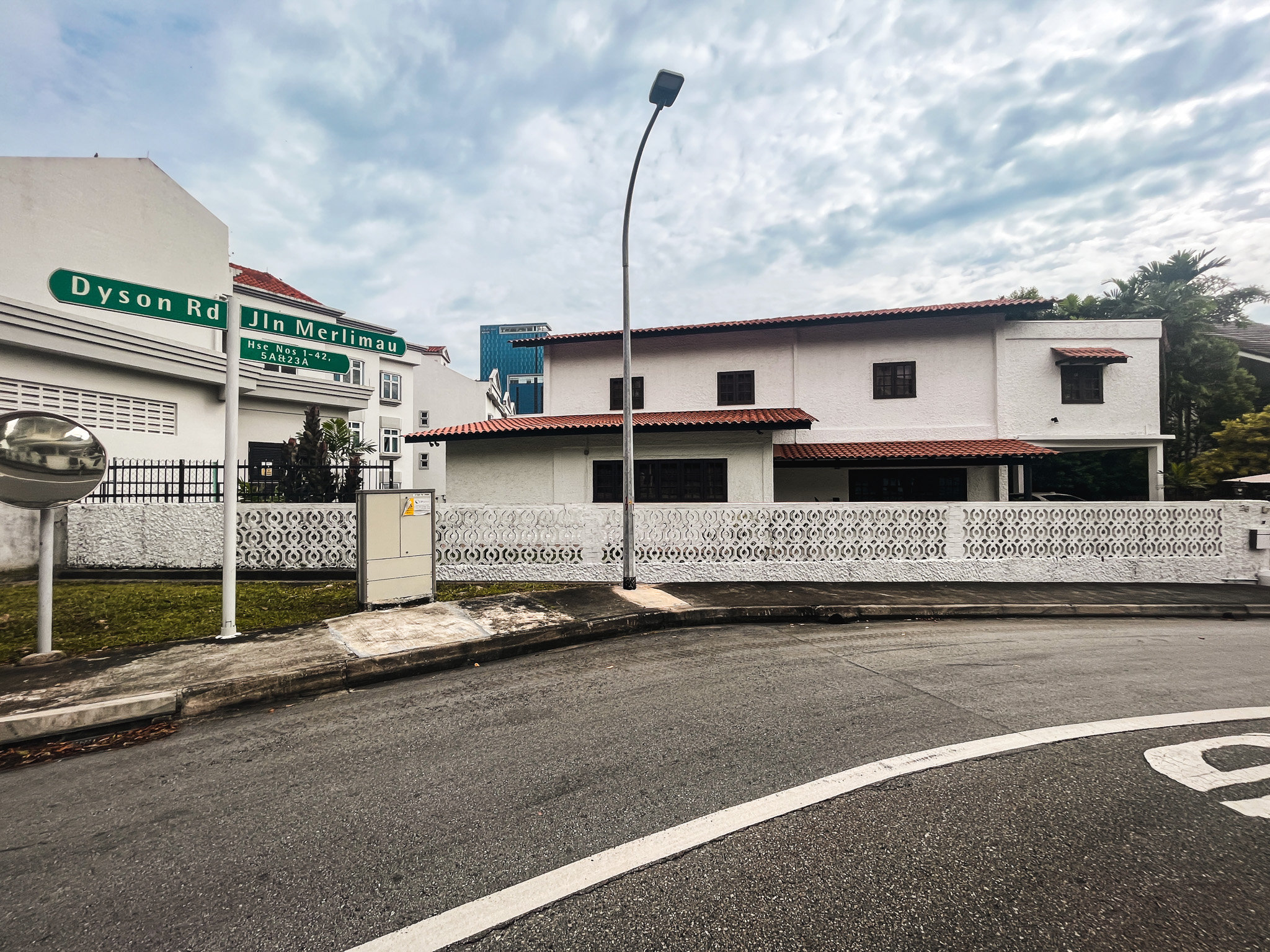
Editor's Pick We Toured A Quiet Freehold Landed Area Near Reputable Schools — Where Owners Rarely Sell


